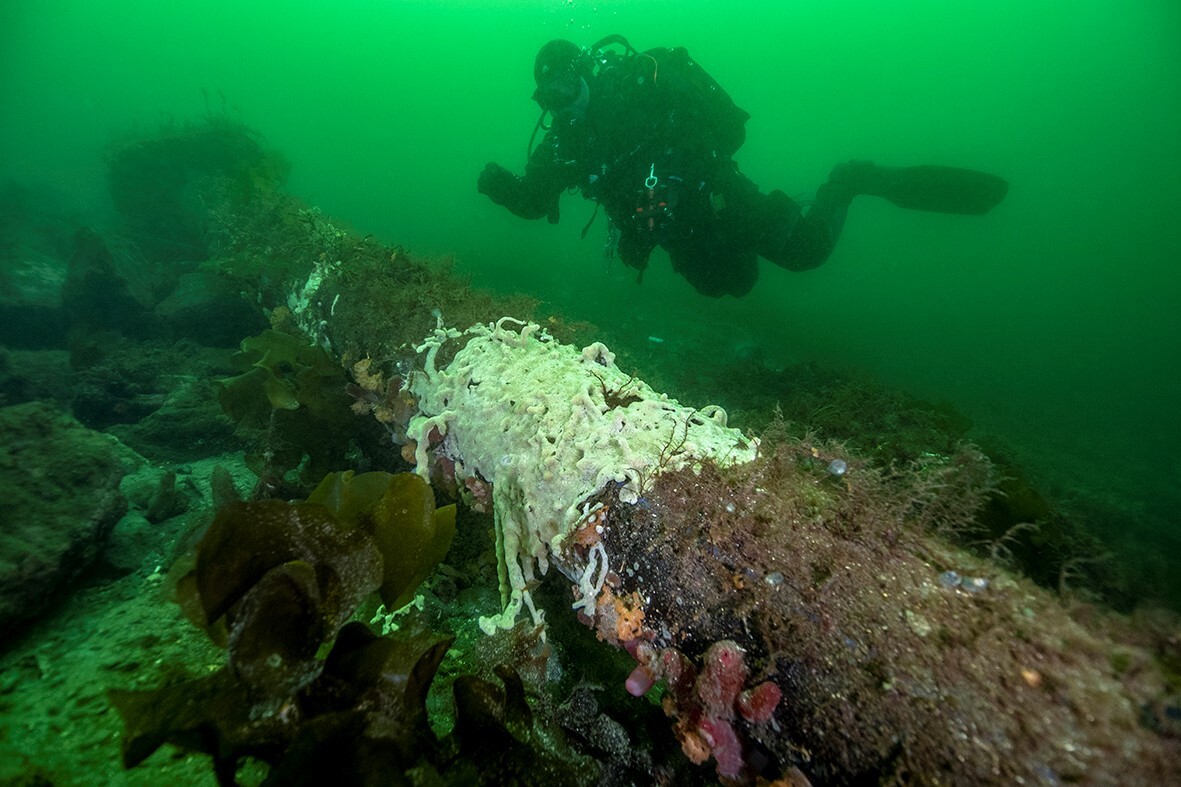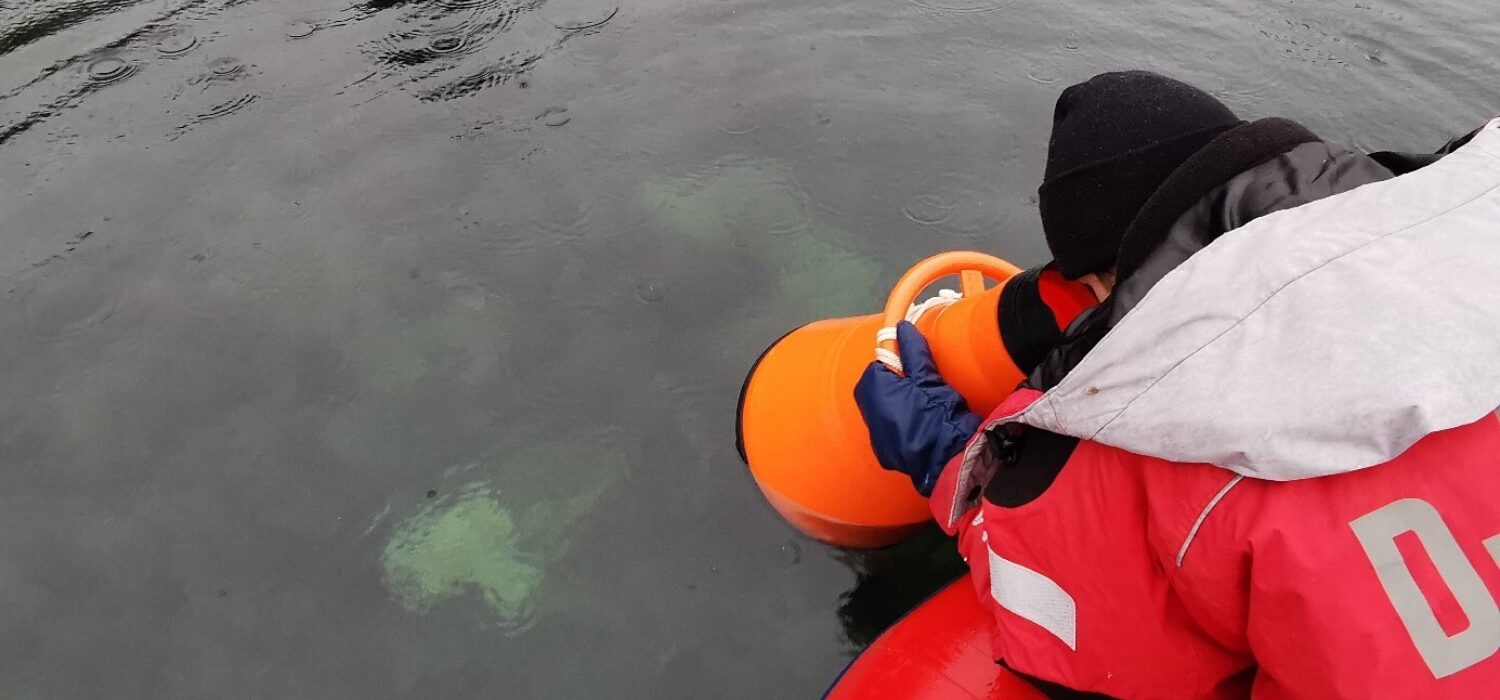Invasive colonial tunicate discovered in Stavanger harbour
The colonial tunicate (Didemnum vexillum) is a high-impact, globally-invasive, colonial tunicate species that is native to Japan. It is generally a temperate cold-water organism, and its introduced range currently includes New Zealand, the Netherlands, France, Ireland, United Kingdom, Spain, Italy, and both the west and east coasts of the United States and Canada. D. vexillum is a successful fouling organism because of its ability to grow on many natural and artificial and can thrivein both coastal and offshore environments in depths ranging from 1 to 80 meters depth. Det ble umiddelbart startet et overvåkings- og kartleggingsprosjekt. When this tunica was discovered in Stavanger harbor, there was established a project to record where it was and to follow the development in this area.
Facts about Didemnum vexillum:
- Native to Japan.
- It is also recorded in Europa, on New Zealand and on the East and West coast of USA and Canada.
- In some areas in the Netherlands D. vexillum covers 95 % of the sea bed.
- This tunicae can have a major negative impact on fish- and musselfarms.
- First discovered in Norway in Engoysundet October 2020.
- Has sexual and asexual reproduction.
- Extract acid and is poisonous.
- The larvaes floats in the free water only for some hours so the major way it speads, is by cloning and dripping/loosing small bits that develop to larger colonies.
- Thrive in temperatures from 2 to 24 degrees centigrade.
- Thrive in depths from 1 to 80 meters depth.
- The size of a colony can add up 11 times within 15 days when the conditions are good.
- Decrease in witner time with less food and cold water.
- Change the biology in the area it enters.
- Can gro won almost everything.
- Have come to stay.
External links to the project:
Project web page for recreational divers to report possible observations of sea vomit: https://sites.google.com/view/...
Photos
Heading photo: Many colonies can be observed from the surface. Here is a from the mapping of the shoreline along Solysts North side. Photo: Rudolf Svensen/MUS

A colony grows on a pipeline from Engoy og Solyst. Photo: Rudolf Svensen/MUST

